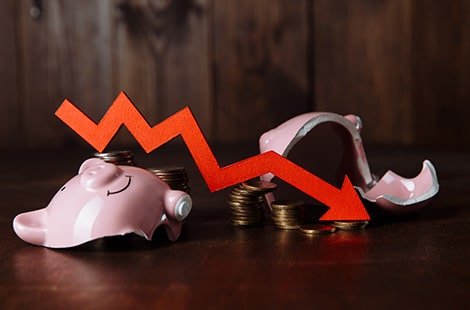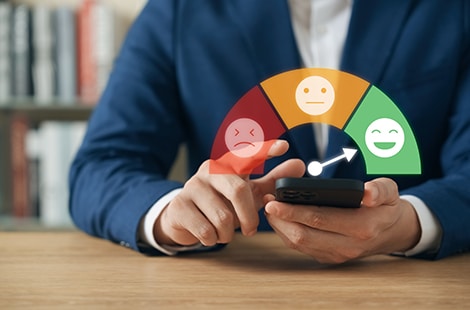The Role of Building Consumer Trust in Brand Protection
Counterfeiting is a growing global threat, undermining consumer safety, eroding brand trust, and siphoning billions from legitimate businesses. Estimates suggest the global economic impact of counterfeit goods exceeds a trillion dollars annually, affecting industries from luxury and electronics to pharmaceuticals and automotive. In this environment, brand protection can no longer be confined to internal systems or legal enforcement alone. One of the most scalable and overlooked defenses? building consumer trust—by empowering individuals to verify products and spot counterfeits firsthand.
When equipped with the right tools, consumers become active participants in verifying authenticity. This not only protects them from harmful imitations but also creates a decentralized, real-time layer of defense that reinforces brand integrity across markets.
The Rise of Consumer-Centric Brand Protection
Today’s customers demand more than quality—they demand transparency. They want to know where a product came from, how it was made, and whether it’s safe. This shift has created a new opportunity for brand protection strategies to evolve from being reactive and centralized to proactive and distributed.
Instead of relying solely on supply chain audits or enforcement raids, brands can now embed authentication capabilities directly into their products. A simple smartphone scan allows consumers to verify a product’s authenticity instantly. This micro-interaction builds trust, deters counterfeit purchases, and encourages repeat engagement.
Real-Time Insights, Real-Time Defense
Consumer interaction doesn’t just protect the buyer—it generates valuable feedback for the brand. Every verification provides data: where and when a scan occurred, frequency of interactions, and regional anomalies. These real-time insights help identify high-risk geographies, unauthorized distribution, and potential leaks in the supply chain.
This is especially critical for sectors where product integrity is tied to public safety. In industries like pharmaceuticals, personal care, and automotive components, real-time visibility can make the difference between early intervention and brand crisis.
Trust as a Competitive Advantage
In crowded markets, trust is a differentiator. Consumers are not just choosing between brands—they’re choosing between levels of confidence.
This matters most in high-risk categories—like nutrition, cosmetics, luxury accessories, and electronics—where counterfeits can cause harm or financial loss. By enabling customer participation in the verification process, brands send a powerful signal: we’re protecting you, and we invite you to verify it for yourself.
Beyond the QR Code
QR codes offer a useful entry point for authentication—but many are static, visible, and easy to duplicate. To ensure genuine consumer empowerment, brands need tamper-resistant solutions that go beyond printed codes.
Technologies that are invisible and secure present a stronger alternative. These operate quietly in the background and are difficult for counterfeiters to replicate or reverse-engineer.
The result is a seamless experience for consumers—and a formidable barrier for counterfeiters.
From Gatekeepers to Guardians
The role of the consumer is changing. No longer passive recipients, they are now key stakeholders in brand protection. But this only works when brands equip them with simple, trustworthy tools to act.
Every verification becomes a touchpoint—not just for authentication, but for insight. Brands can use this data to strengthen channel performance, track adoption, and build more resilient customer relationships.
Ennoventure’s patented cryptographic solution enables brands to embed invisible code directly into product packaging. The product can then be authenticated through a standard smartphone scan, allowing consumers to verify product authenticity in real time. Each scan also generates actionable insights—helping brands close trust gaps, and respond to emerging risks.
In a landscape defined by choice and vulnerability, giving consumers a role in brand protection doesn’t just reduce risk—it builds a smarter, stronger, and more trusted brand.



